Home>Furniture & Design>Bathroom Accessories>How To Remove Hard Water Ring In Toilet Bowl
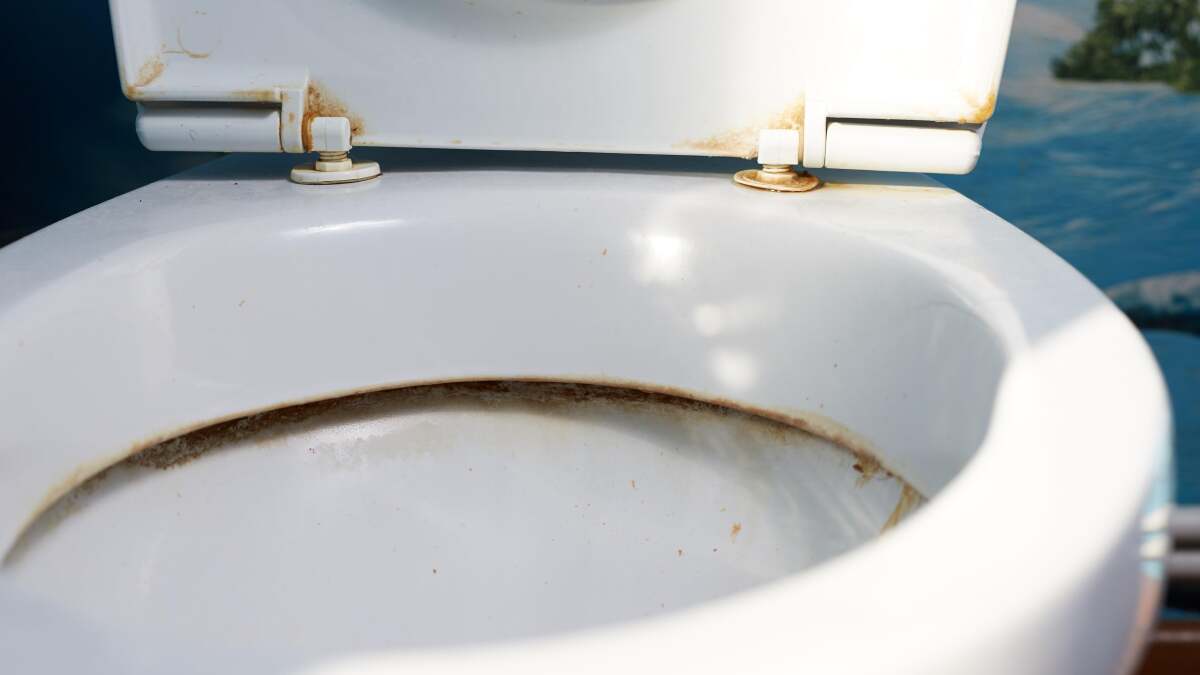

Bathroom Accessories
How To Remove Hard Water Ring In Toilet Bowl
Modified: March 1, 2024
Learn effective techniques for removing hard water rings in your toilet bowl with our top bathroom accessories. Say goodbye to stubborn stains for good!
(Many of the links in this article redirect to a specific reviewed product. Your purchase of these products through affiliate links helps to generate commission for Storables.com, at no extra cost. Learn more)
Introduction
Dealing with hard water rings in a toilet bowl can be a frustrating and unsightly challenge for many homeowners. These stubborn mineral deposits, caused by the presence of minerals like calcium and magnesium in the water supply, can accumulate over time, leaving an unsightly ring around the waterline of the toilet bowl. Not only do hard water rings detract from the overall cleanliness of the bathroom, but they can also be tough to remove without the right approach and tools.
In this comprehensive guide, we will explore effective methods for removing hard water rings from a toilet bowl, as well as preventative measures to keep them at bay in the future. By understanding the nature of hard water rings and following the step-by-step instructions provided, you can restore your toilet bowl to its former pristine condition and maintain its cleanliness for the long term.
Whether you're a seasoned DIY enthusiast or a homeowner looking to tackle this common household issue for the first time, this guide will equip you with the knowledge and techniques needed to address hard water rings effectively. With the right tools and a bit of elbow grease, you can say goodbye to those stubborn mineral deposits and enjoy a sparkling clean toilet bowl once again.
Now, let's delve into the specifics of hard water rings, the tools and materials required for the task, and the step-by-step process for removing and preventing these unsightly stains. By the end of this guide, you'll have the expertise to tackle hard water rings with confidence and maintain a pristine toilet bowl in your home.
Key Takeaways:
- Say goodbye to hard water rings in your toilet bowl by using a potent cleaner and sturdy brush. Prevent future rings with regular cleaning, vinegar soaks, and water softeners for a sparkling, hassle-free bathroom.
- Empty the toilet bowl, apply a strong cleaning solution, scrub thoroughly, and rinse to remove hard water rings. Prevent future rings with regular cleaning, water softeners, and vinegar soaks for a pristine toilet bowl.
Understanding Hard Water Rings
Hard water rings, also known as limescale or mineral deposits, are a common nuisance in many households. These unsightly rings form in toilet bowls as a result of mineral buildup from hard water, which contains high levels of minerals such as calcium and magnesium. When water with high mineral content evaporates, it leaves behind these minerals, creating a hard, crusty ring around the waterline of the toilet bowl.
The appearance of hard water rings can vary from a thin, translucent film to a thick, crusty deposit, depending on the severity of the mineral buildup. In addition to being aesthetically unappealing, hard water rings can also harbor bacteria and contribute to unpleasant odors in the bathroom. Moreover, if left untreated, these mineral deposits can become increasingly difficult to remove, requiring more intensive cleaning methods.
Understanding the composition of hard water rings is crucial for effectively addressing and preventing them. The minerals present in hard water can bond with surfaces, creating stubborn deposits that are resistant to regular cleaning methods. As a result, traditional cleaning agents may not be sufficient to dissolve and remove these mineral deposits, necessitating specialized cleaning solutions and techniques.
It's important to note that hard water rings are not only limited to toilet bowls; they can also affect other bathroom fixtures, such as sinks, showers, and faucets. The presence of these mineral deposits not only diminishes the visual appeal of the bathroom but can also compromise the functionality and longevity of plumbing fixtures if left unchecked.
By gaining a deeper understanding of the nature of hard water rings and the factors contributing to their formation, homeowners can take proactive measures to address and prevent these stubborn stains. With the right knowledge and approach, it is possible to effectively combat hard water rings and maintain a clean, hygienic bathroom environment for the long term.
Tools and Materials Needed
To effectively tackle hard water rings in a toilet bowl, you'll need a few essential tools and materials to facilitate the cleaning process. These items are readily available and can be instrumental in achieving successful results. Here's a comprehensive list of the tools and materials needed to combat hard water rings:
1. Toilet Bowl Cleaner:
Selecting a high-quality toilet bowl cleaner specifically formulated to dissolve mineral deposits is essential. Look for a cleaner that contains powerful ingredients such as hydrochloric acid or citric acid, which are effective in breaking down and removing hard water stains.
2. Protective Gloves:
Given the potentially harsh nature of toilet bowl cleaners, it's crucial to protect your hands with a pair of durable rubber or latex gloves. These gloves will shield your skin from direct contact with the cleaning solution and minimize the risk of irritation.
Read more: How To Remove Water From A Toilet Bowl
3. Toilet Brush:
A sturdy toilet brush with durable bristles is indispensable for scrubbing away hard water rings. Choose a brush with a long handle for ease of use and ensure that the bristles are firm enough to effectively dislodge mineral deposits without scratching the porcelain surface of the toilet bowl.
4. Pumice Stone or Cleaning Wand:
For particularly stubborn hard water rings, a pumice stone or a cleaning wand designed for removing mineral deposits can be highly effective. These tools are specifically designed to gently abrade mineral buildup without causing damage to the toilet bowl's surface.
5. White Vinegar (Optional):
White vinegar, known for its acidic properties, can serve as a natural alternative to commercial toilet bowl cleaners. It can be used as a supplementary cleaning agent to help dissolve and remove mineral deposits. Additionally, white vinegar is environmentally friendly and safe for septic systems.
6. Protective Eyewear (Optional):
When using strong cleaning solutions, particularly those containing acids, wearing protective eyewear can provide an extra layer of safety. This precaution is especially important for individuals who are sensitive to fumes or have a heightened sensitivity to cleaning chemicals.
Read more: How To Prevent Toilet Bowl Rings
7. Distilled Water (Optional):
In areas with extremely hard water, using distilled water for rinsing the toilet bowl after cleaning can help prevent the formation of new mineral deposits. Distilled water is free from minerals, making it an ideal choice for minimizing the recurrence of hard water rings.
By ensuring that you have these essential tools and materials on hand, you'll be well-prepared to tackle hard water rings in your toilet bowl effectively. With the right cleaning agents, protective gear, and supplementary tools, you can approach the cleaning process with confidence and achieve optimal results in restoring the cleanliness of your toilet bowl.
Step 1: Empty the Toilet Bowl
Before embarking on the process of removing hard water rings from the toilet bowl, it is essential to start with an empty bowl to facilitate thorough cleaning. Emptying the toilet bowl not only allows for better access to the affected areas but also prevents dilution of the cleaning solution, ensuring maximum effectiveness in dissolving and removing the stubborn mineral deposits.
To empty the toilet bowl, begin by turning off the water supply to the toilet. Locate the shut-off valve, typically situated behind the toilet near the floor, and turn it clockwise to stop the flow of water into the tank. Once the water supply is turned off, flush the toilet to drain the remaining water from the bowl. It's important to note that the tank should not refill after flushing, as the shut-off valve has been closed.
After flushing, use a plunger to remove any residual water from the bowl. Place the plunger over the drain opening at the bottom of the toilet bowl and gently push and pull to create a suction effect, effectively expelling the remaining water. Ensure that the bowl is completely empty before proceeding to the next step.
Emptying the toilet bowl sets the stage for a more focused and thorough cleaning process, allowing the cleaning solution to come into direct contact with the hard water rings without interference from standing water. This preparatory step is crucial for optimizing the effectiveness of the cleaning process and achieving desirable results in the removal of mineral deposits.
By following this initial step to empty the toilet bowl, you'll create an ideal environment for addressing hard water rings with precision and efficiency. With the bowl emptied and the water supply turned off, you're now ready to proceed with the subsequent steps for applying the cleaning solution and effectively scrubbing away the stubborn mineral deposits.
Step 2: Apply the Cleaning Solution
With the toilet bowl emptied and prepared for cleaning, the next crucial step in removing hard water rings involves the application of a potent cleaning solution. Select a high-quality toilet bowl cleaner specifically formulated to dissolve mineral deposits, such as one containing hydrochloric acid or citric acid. These powerful ingredients are effective in breaking down and removing stubborn hard water stains.
Before applying the cleaning solution, ensure that the area is well-ventilated to minimize exposure to fumes. Put on protective gloves to shield your hands from direct contact with the cleaning solution. If you have sensitive skin, consider wearing long sleeves to provide additional protection.
Carefully pour the designated amount of the cleaning solution directly into the toilet bowl, ensuring thorough coverage of the hard water rings. The cleaner should be allowed to sit and work its magic for the recommended duration as per the product instructions. This dwell time is crucial for the active ingredients to penetrate and dissolve the mineral deposits, making them easier to remove during the subsequent scrubbing process.
For those who prefer natural alternatives, white vinegar can be used as a supplementary cleaning agent due to its acidic properties. Simply pour a generous amount of white vinegar into the toilet bowl and allow it to sit for an extended period to help break down the hard water rings.
During the dwell time, it's important to exercise caution and avoid mixing different cleaning products, especially those containing bleach or ammonia, as this can produce hazardous fumes. Additionally, keep the area well-ventilated and consider wearing protective eyewear if you are sensitive to fumes or have a heightened sensitivity to cleaning chemicals.
By applying the appropriate cleaning solution and allowing it to work its magic, you are setting the stage for the subsequent step of scrubbing the toilet bowl to effectively remove the dissolved mineral deposits. This proactive approach ensures that the hard water rings are thoroughly treated and primed for successful removal, ultimately leading to a cleaner and more hygienic toilet bowl.
Step 3: Scrub the Toilet Bowl
After allowing the cleaning solution to work its magic on the hard water rings, the next critical step is to scrub the toilet bowl thoroughly. Armed with a sturdy toilet brush, begin by focusing on the areas where the hard water rings are most prominent. The bristles of the brush should be firm enough to dislodge the dissolved mineral deposits without causing damage to the porcelain surface of the toilet bowl.
Using a circular or back-and-forth motion, apply moderate pressure while scrubbing the affected areas. It's essential to be thorough and persistent, ensuring that the bristles of the brush reach into the grooves and contours of the toilet bowl to dislodge any remaining mineral deposits. For particularly stubborn hard water rings, a pumice stone or a cleaning wand designed for removing mineral deposits can be used as supplementary tools to gently abrade the remaining buildup.
As you scrub, periodically dip the toilet brush or cleaning tool into the water to rinse off the loosened mineral deposits and cleaning solution. This process helps prevent the redeposition of dissolved minerals onto the surfaces of the toilet bowl. Continue scrubbing until the hard water rings are visibly diminished, and the affected areas appear clean and free from mineral deposits.
For individuals using white vinegar as a cleaning agent, the acidic properties of vinegar can aid in the breakdown of mineral deposits. As you scrub the toilet bowl, the combination of the cleaning solution and the natural acidity of vinegar works synergistically to dissolve and remove the hard water rings effectively.
Throughout the scrubbing process, it's important to maintain a steady and methodical approach, ensuring that all visible traces of hard water rings are addressed. Pay close attention to the waterline and the areas beneath the rim of the toilet bowl, as these areas are common hotspots for mineral buildup. By being meticulous in your scrubbing efforts, you can achieve optimal results in removing hard water rings and restoring the cleanliness of the toilet bowl.
Once the scrubbing process is complete, flush the toilet to rinse away the dislodged mineral deposits and residual cleaning solution. Inspect the toilet bowl to ensure that the hard water rings have been successfully removed, and the bowl appears clean and free from mineral deposits. If necessary, repeat the scrubbing process to address any remaining traces of hard water rings until the toilet bowl is restored to its pristine condition.
By following this step-by-step approach and dedicating attention to thorough scrubbing, you can effectively eliminate hard water rings from the toilet bowl, leaving behind a clean and hygienic surface. With the hard water rings successfully removed, you can proceed to the final step of preventing their recurrence in the future.
Read more: How To Remove A Toilet Bowl
Step 4: Rinse and Repeat if Necessary
After completing the scrubbing process, it's essential to thoroughly rinse the toilet bowl to remove any residual cleaning solution and dislodged mineral deposits. Flush the toilet multiple times to ensure that all traces of the cleaning solution and dissolved minerals are effectively rinsed away. As the water refills the bowl, observe the clarity of the water to determine if any remaining mineral deposits are still present.
Inspect the toilet bowl closely to assess the effectiveness of the cleaning process. If any faint traces of hard water rings are still visible, consider repeating the cleaning and scrubbing process to address these stubborn remnants. In such cases, apply the cleaning solution once again, allowing it to dwell for an extended period to further dissolve the remaining mineral deposits.
When repeating the cleaning process, pay particular attention to the areas where hard water rings persist, applying additional scrubbing and agitation to dislodge the stubborn mineral deposits. Utilize the toilet brush or supplementary cleaning tools to target these areas with precision, ensuring thorough coverage and meticulous scrubbing to achieve optimal results.
After the second round of cleaning and scrubbing, rinse the toilet bowl once more to remove any residual cleaning solution and dislodged mineral deposits. Flush the toilet repeatedly to facilitate thorough rinsing, allowing the water to flow and carry away any remaining traces of mineral deposits. Inspect the toilet bowl again to verify that the hard water rings have been effectively removed and that the bowl appears clean and free from mineral buildup.
In cases where persistent hard water rings prove challenging to remove, consider seeking alternative cleaning products or methods specifically designed for tackling stubborn mineral deposits. Specialty cleaners and tools, such as pumice stones or cleaning wands, can provide additional assistance in addressing particularly resilient hard water rings.
By being diligent and thorough in the rinsing and potential repetition of the cleaning process, you can ensure that all traces of hard water rings are effectively eliminated, leaving the toilet bowl pristine and free from unsightly mineral deposits. With persistence and attention to detail, you can achieve optimal results in restoring the cleanliness of the toilet bowl and preventing the recurrence of hard water rings in the future.
Step 5: Preventing Future Hard Water Rings
Preventing the recurrence of hard water rings in the toilet bowl is essential for maintaining long-term cleanliness and minimizing the need for intensive cleaning efforts. By implementing proactive measures and adopting preventive strategies, homeowners can effectively deter the formation of stubborn mineral deposits, ensuring a consistently pristine and hygienic toilet bowl. Here are several effective methods for preventing future hard water rings:
-
Regular Cleaning Schedule: Establishing a regular cleaning schedule for the toilet bowl is crucial for preventing the buildup of mineral deposits. By incorporating routine cleaning into your household maintenance regimen, you can proactively address any early signs of mineral accumulation, preventing the formation of hard water rings before they become more challenging to remove.
-
Use of Water Softeners: Installing a water softening system can significantly reduce the mineral content in the water supply, thereby minimizing the formation of hard water rings in the toilet bowl. Water softeners work by replacing calcium and magnesium ions with sodium or potassium ions, effectively softening the water and mitigating the adverse effects of hard water on plumbing fixtures.
-
Vinegar Soaks: Periodically conducting vinegar soaks in the toilet bowl can help prevent the accumulation of mineral deposits. Simply pour a generous amount of white vinegar into the bowl and allow it to sit for several hours or overnight. The natural acidity of vinegar aids in dissolving and inhibiting the formation of hard water rings, contributing to a cleaner and more resilient toilet bowl.
-
Distilled Water Rinse: In areas with extremely hard water, using distilled water for rinsing the toilet bowl after cleaning can help prevent the recurrence of mineral deposits. Distilled water is free from minerals, making it an ideal choice for minimizing the formation of hard water rings and maintaining the cleanliness of the toilet bowl over time.
-
Regular Maintenance of Water Supply: Periodically inspect and maintain the water supply system to address any issues related to hard water. This may include repairing leaks, replacing outdated plumbing components, and ensuring that the water supply is adequately treated to minimize the presence of minerals that contribute to hard water rings.
By incorporating these preventive measures into your household maintenance routine, you can effectively deter the formation of hard water rings in the toilet bowl, ensuring a consistently clean and hygienic bathroom environment. With proactive strategies in place, you can enjoy a pristine toilet bowl and minimize the need for intensive cleaning efforts in the long run.
Use a pumice stone or a toilet bowl cleaner specifically designed for hard water stains. Scrub the affected area with the stone or cleaner until the ring is removed. Always wear gloves and follow the instructions on the cleaner.
Conclusion
In conclusion, addressing hard water rings in a toilet bowl requires a proactive approach, the right tools, and effective cleaning techniques. By understanding the nature of hard water rings and following the step-by-step process outlined in this guide, homeowners can successfully restore the cleanliness of their toilet bowls and prevent the recurrence of stubborn mineral deposits.
The process begins with emptying the toilet bowl to facilitate thorough cleaning, followed by the application of a potent cleaning solution specifically formulated to dissolve mineral deposits. Scrubbing the toilet bowl with a sturdy brush or supplementary cleaning tools is essential for dislodging the dissolved mineral deposits and achieving optimal results. Thorough rinsing and potential repetition of the cleaning process ensure that all traces of hard water rings are effectively eliminated, leaving the toilet bowl pristine and free from unsightly mineral deposits.
Furthermore, preventing the recurrence of hard water rings is crucial for maintaining long-term cleanliness and minimizing the need for intensive cleaning efforts. Implementing proactive measures such as establishing a regular cleaning schedule, using water softeners, conducting vinegar soaks, and utilizing distilled water for rinsing can effectively deter the formation of hard water rings, ensuring a consistently pristine and hygienic toilet bowl.
By incorporating these preventive strategies into household maintenance routines, homeowners can enjoy a clean and hygienic bathroom environment while minimizing the impact of hard water on plumbing fixtures. With the right knowledge, tools, and preventive measures in place, addressing hard water rings becomes a manageable task, allowing homeowners to maintain a sparkling clean toilet bowl for the long term.
In essence, by following the comprehensive guidance provided in this guide and adopting proactive preventive measures, homeowners can effectively combat hard water rings and maintain a pristine toilet bowl, contributing to a clean and inviting bathroom environment for the entire household.
Frequently Asked Questions about How To Remove Hard Water Ring In Toilet Bowl
Was this page helpful?
At Storables.com, we guarantee accurate and reliable information. Our content, validated by Expert Board Contributors, is crafted following stringent Editorial Policies. We're committed to providing you with well-researched, expert-backed insights for all your informational needs.
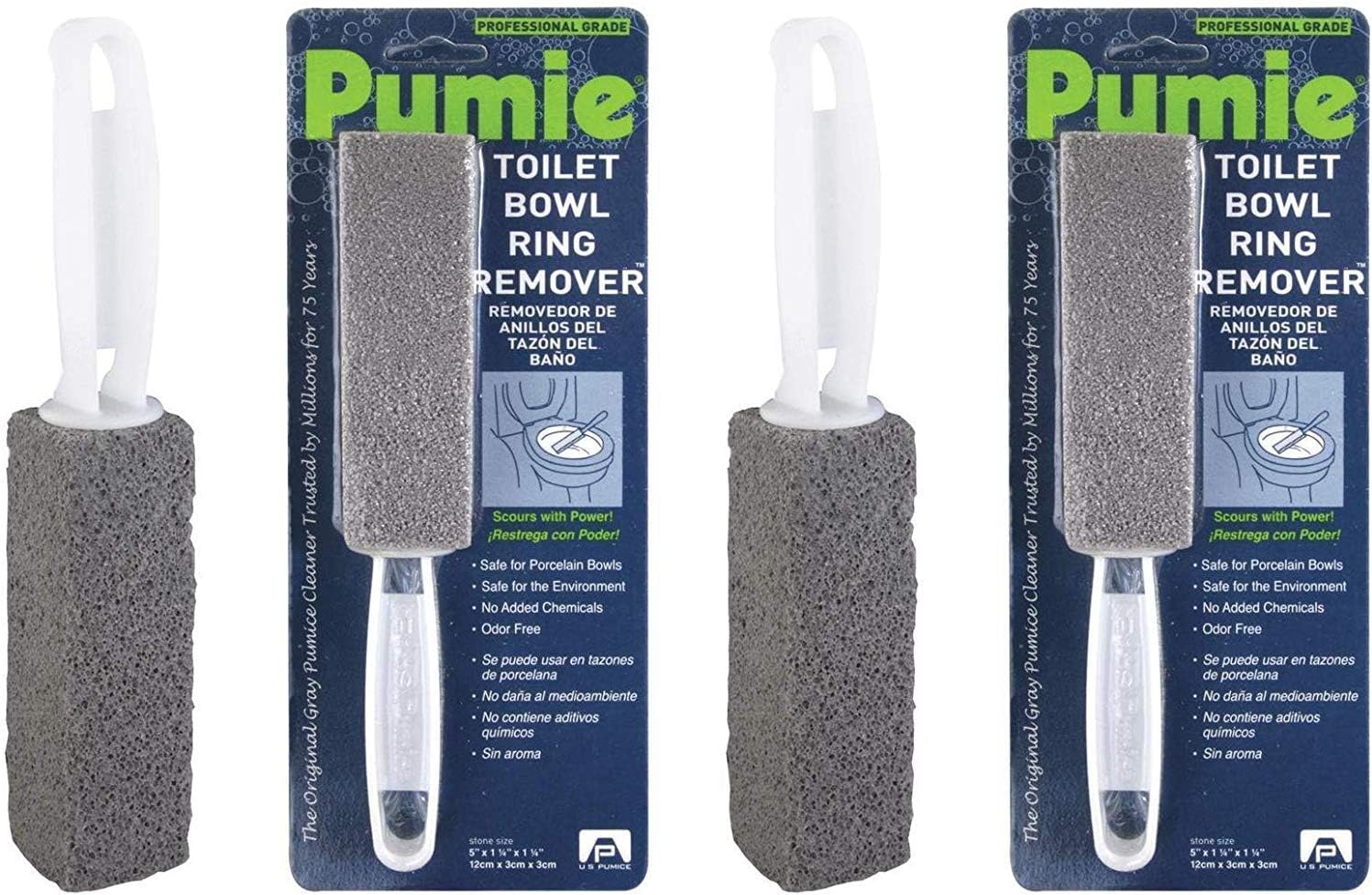
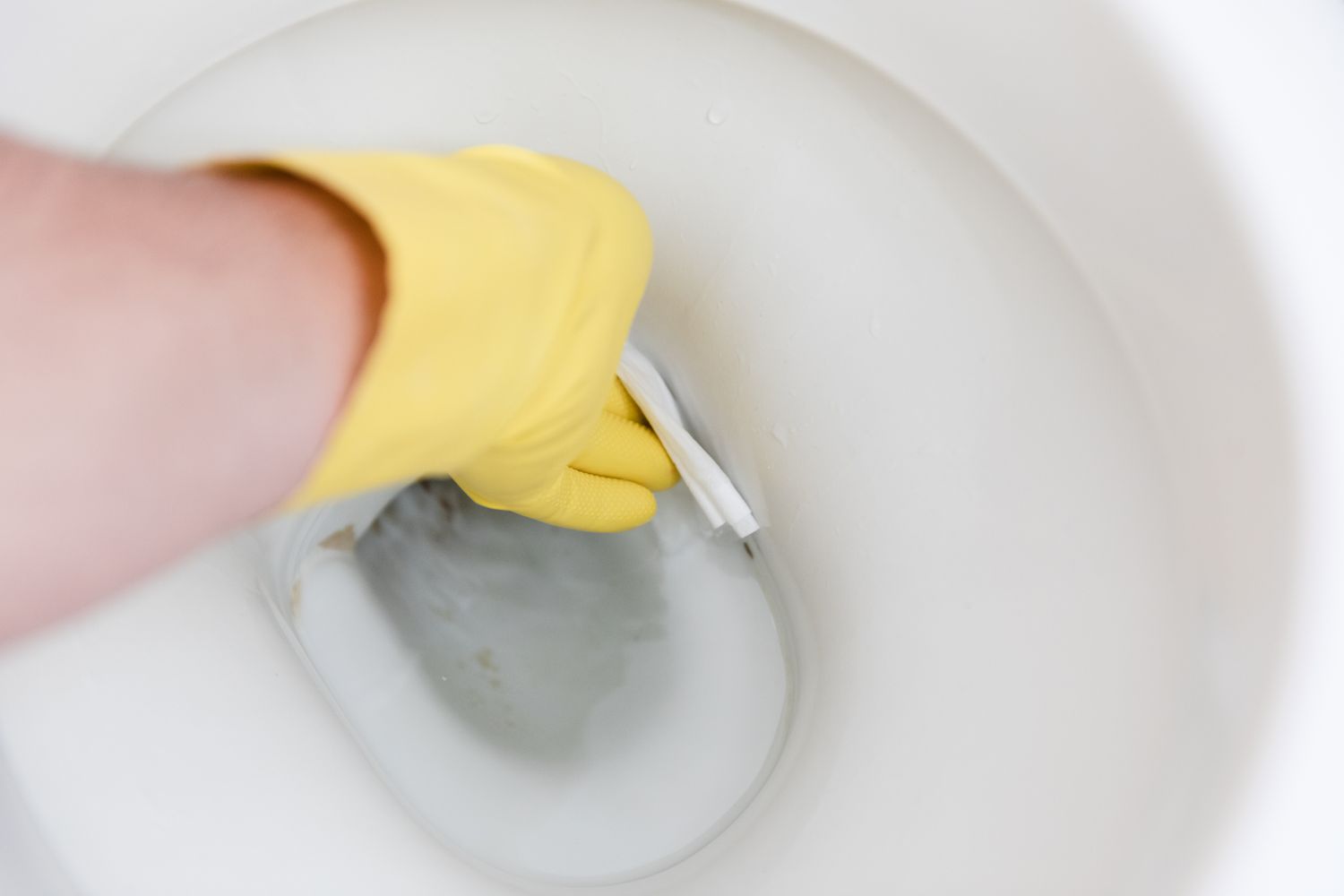
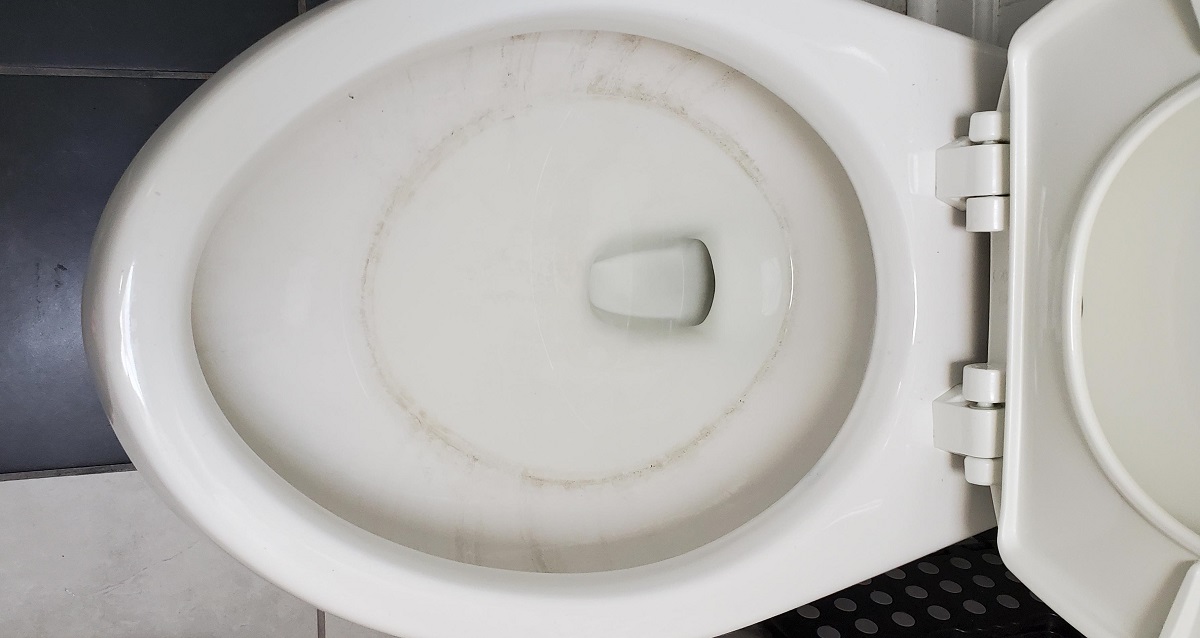
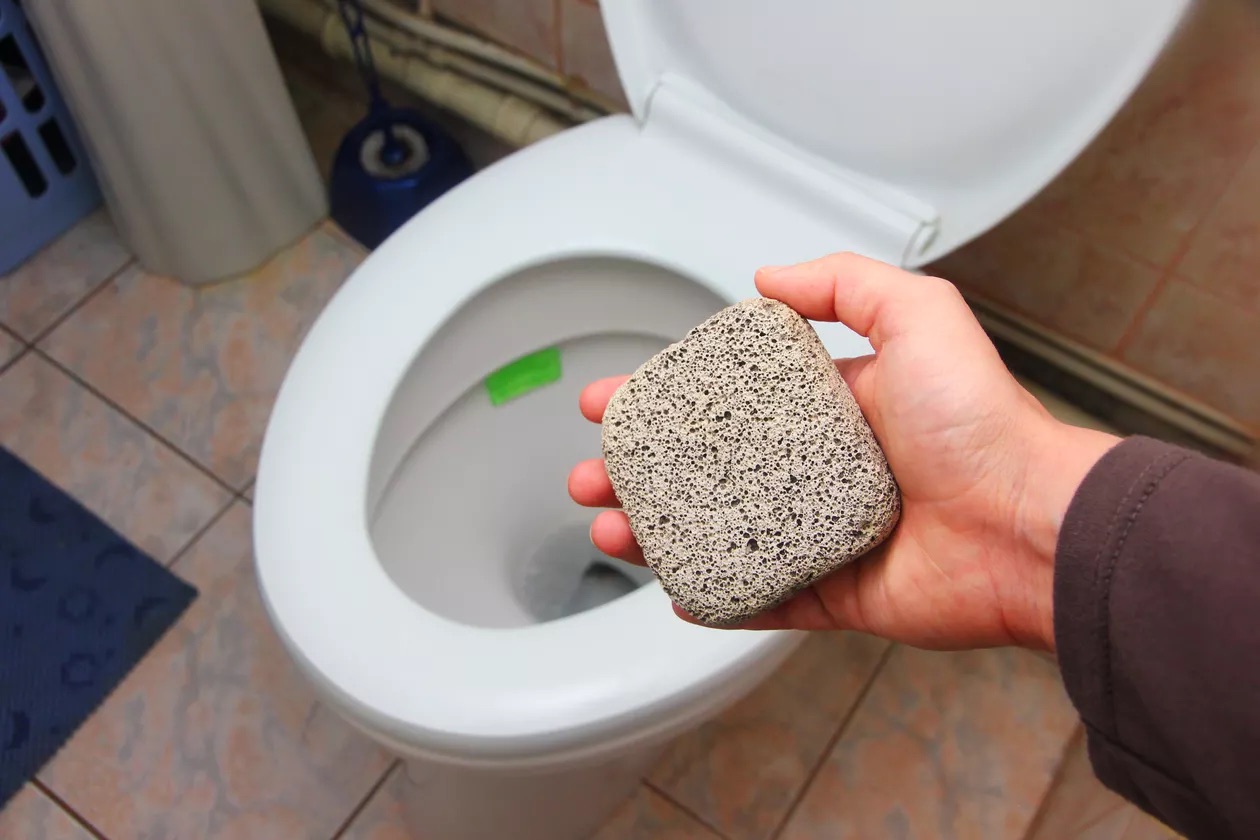
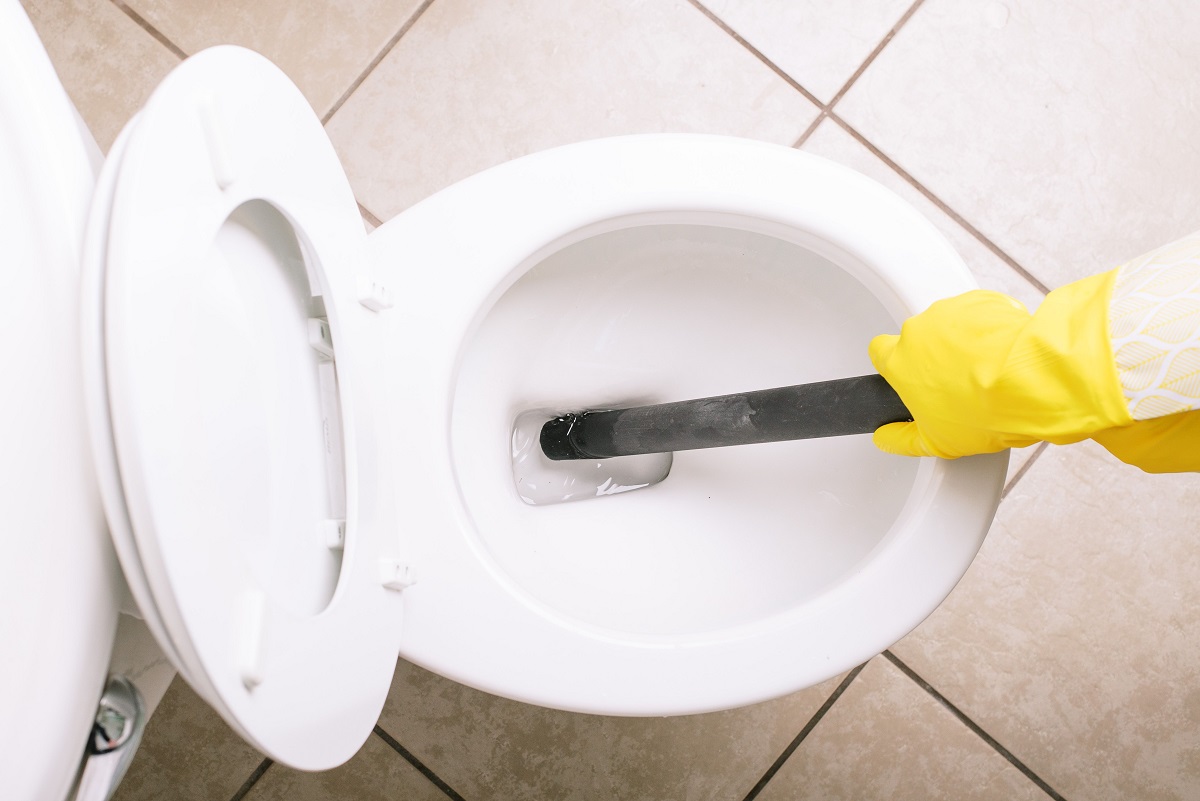
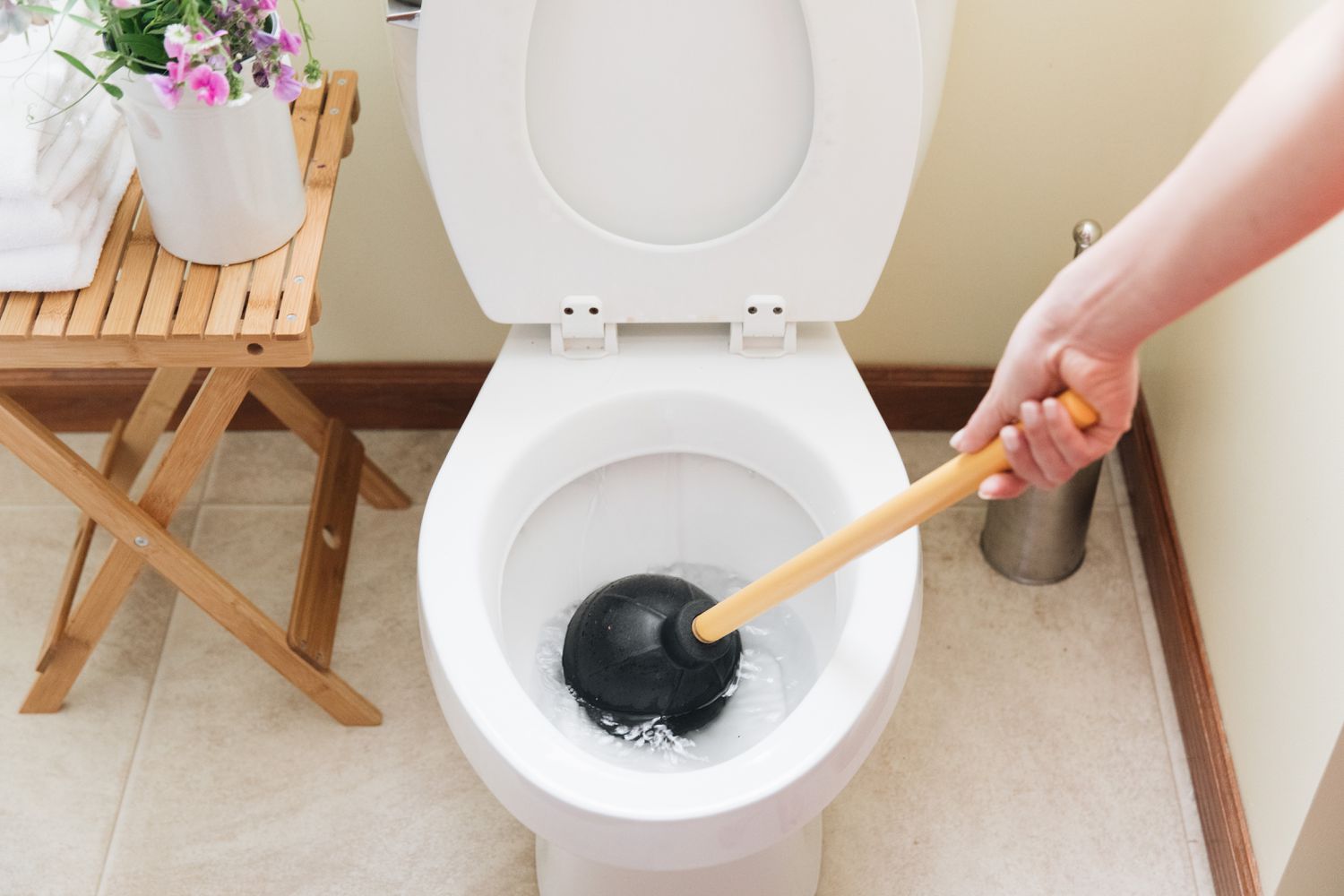
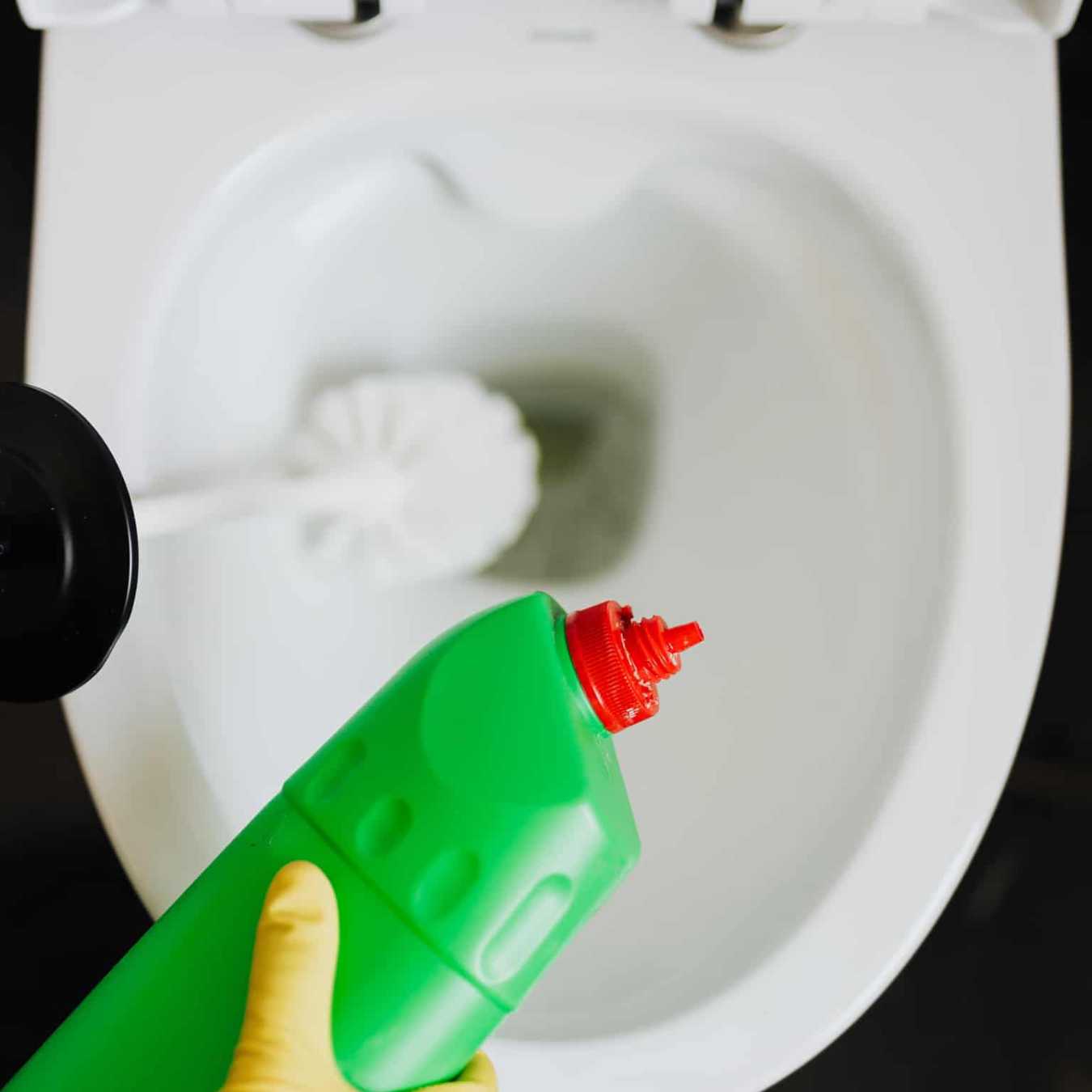
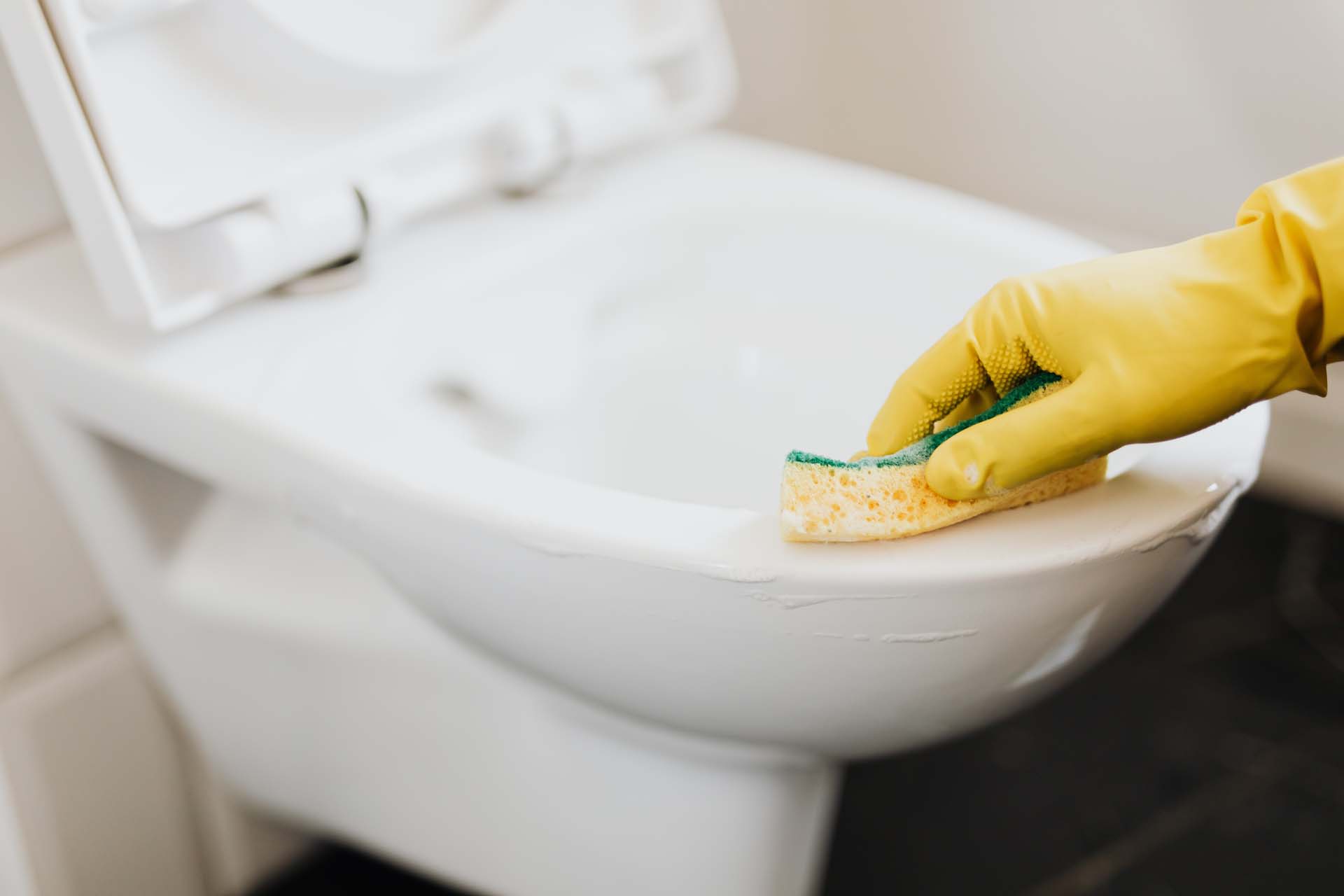
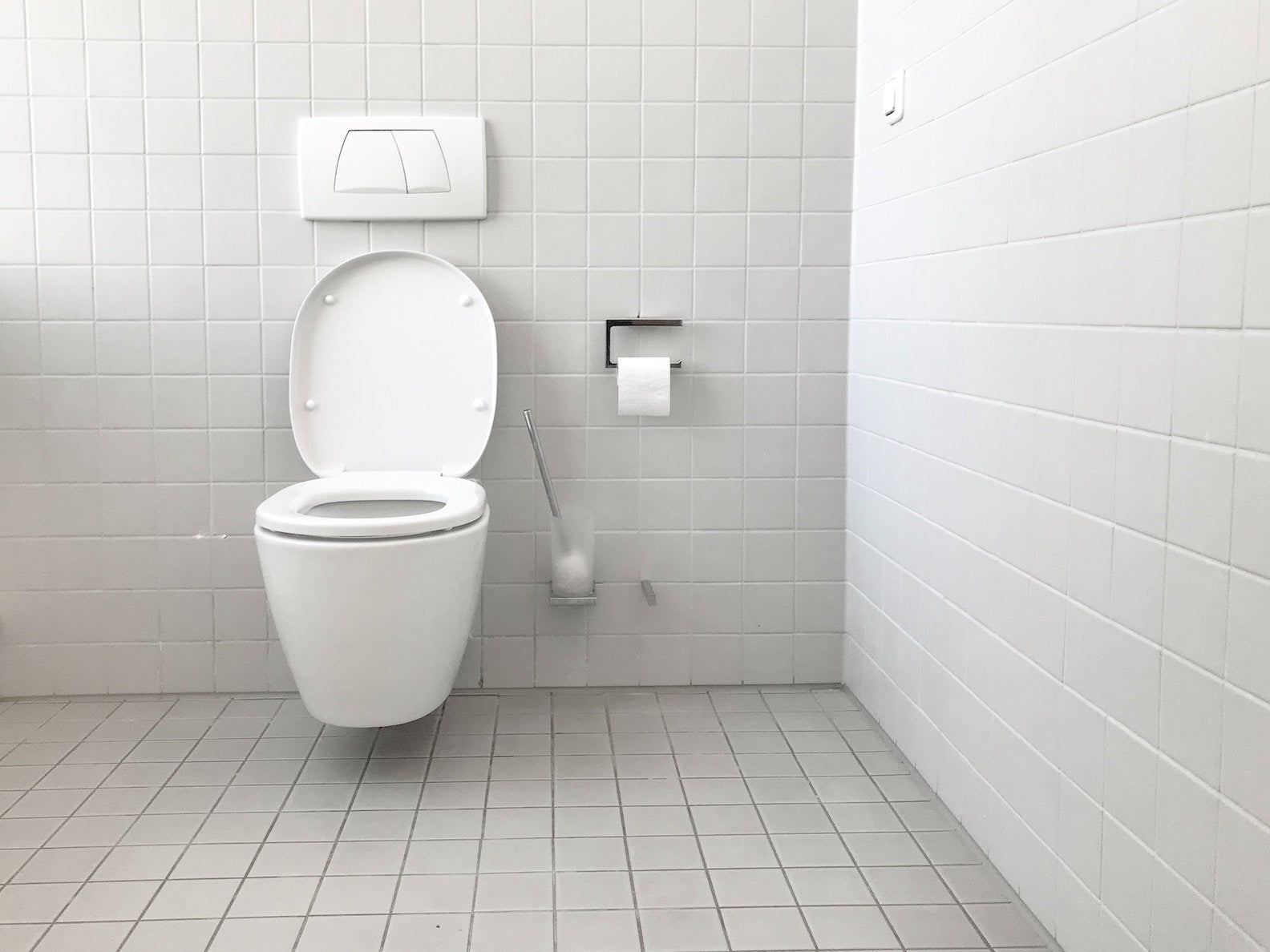
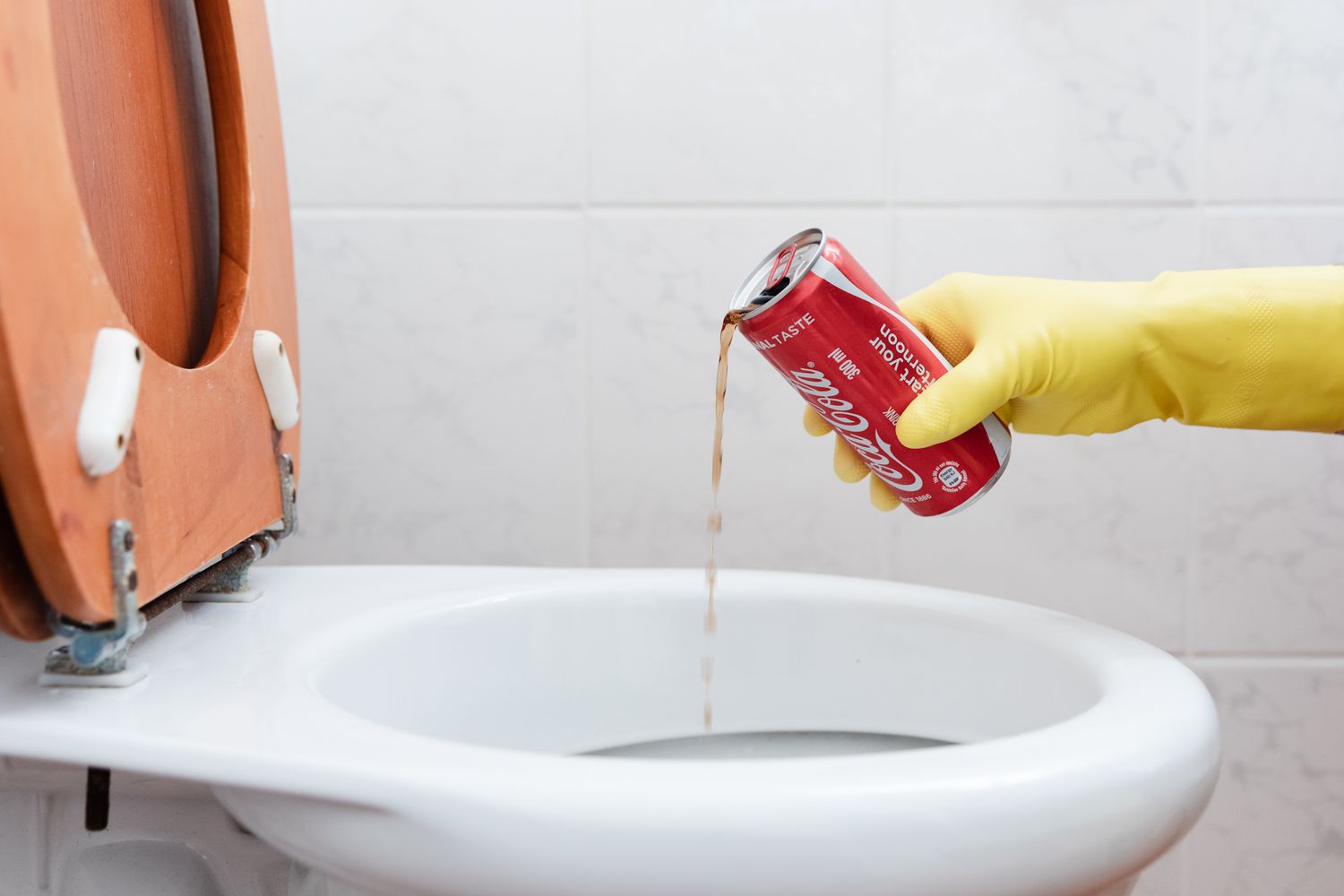
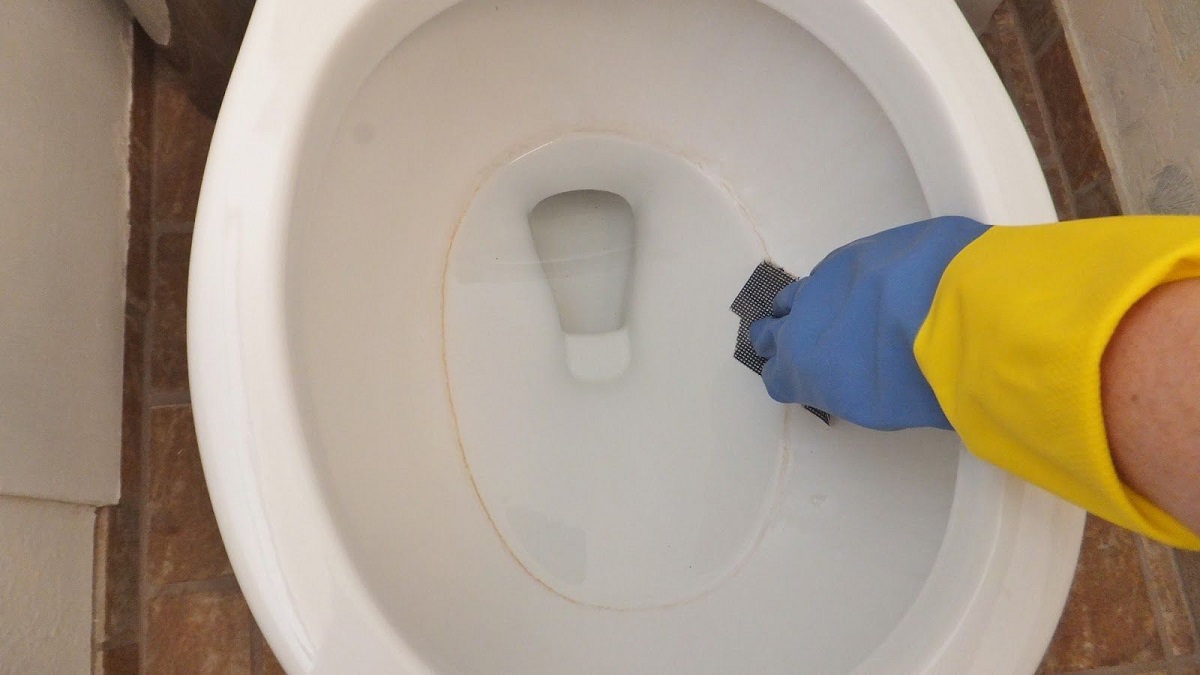
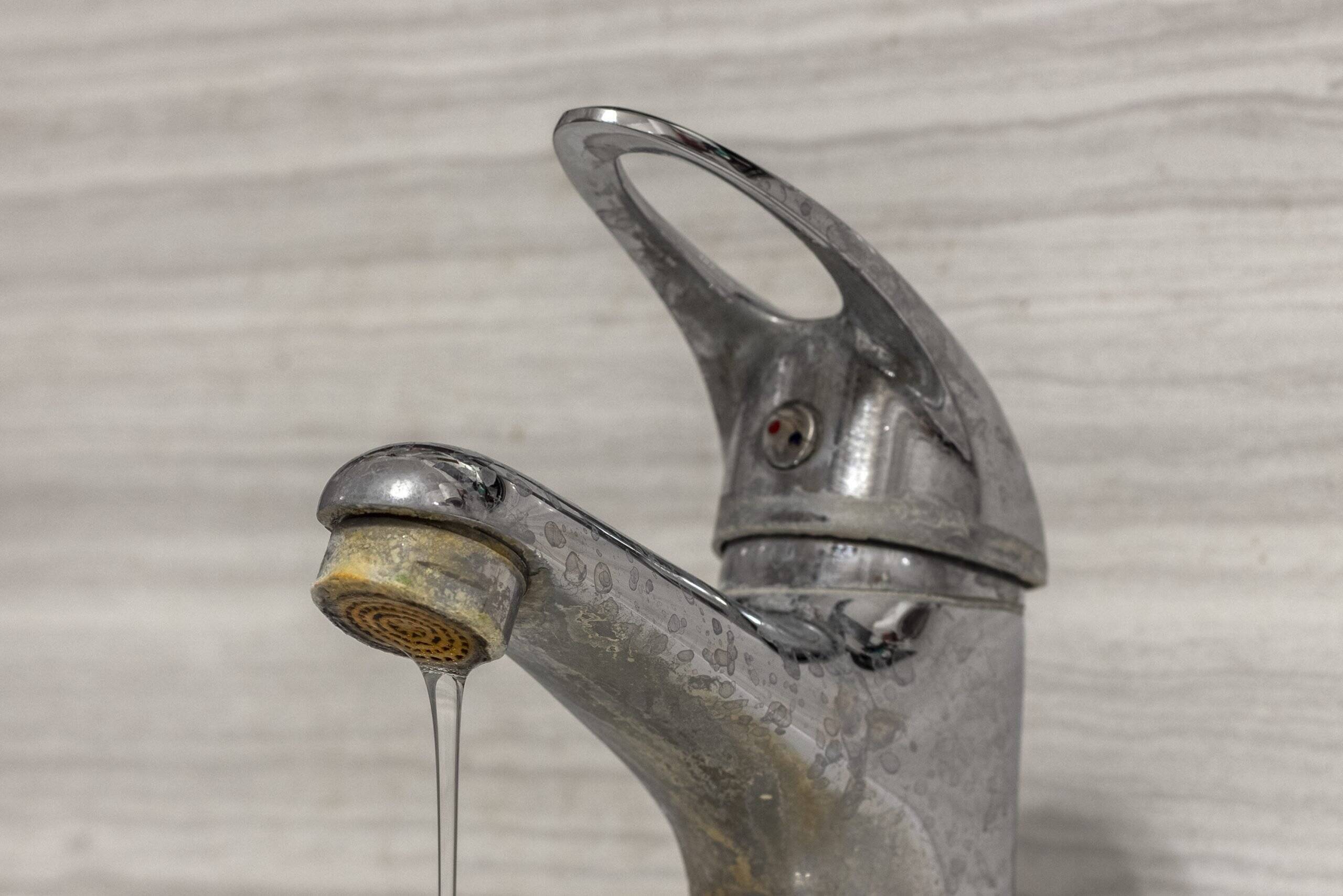

0 thoughts on “How To Remove Hard Water Ring In Toilet Bowl”